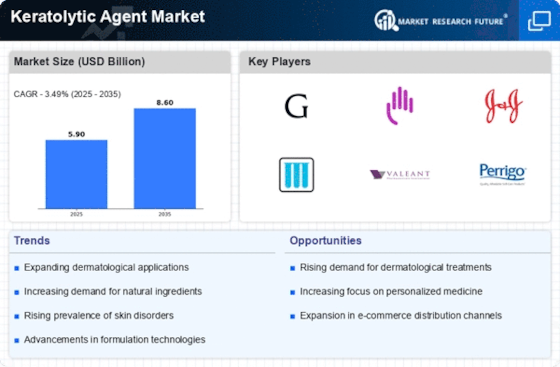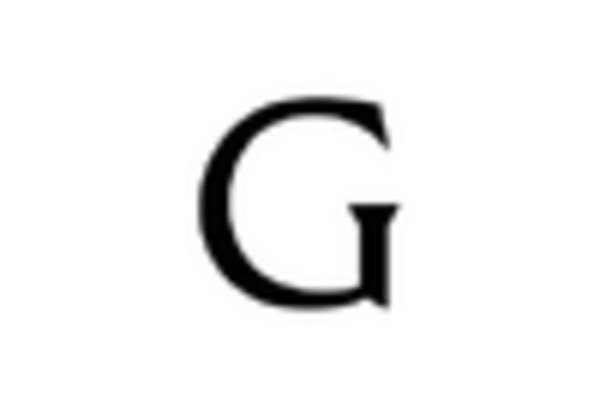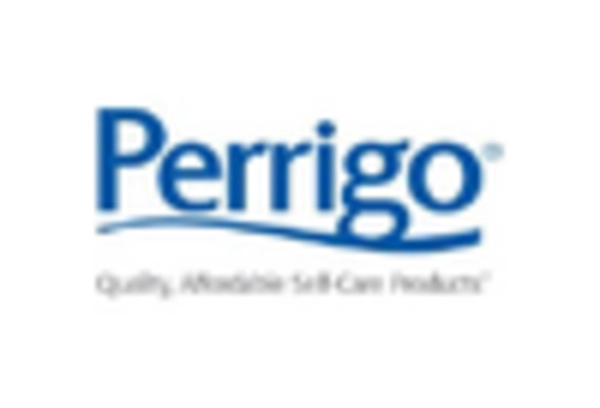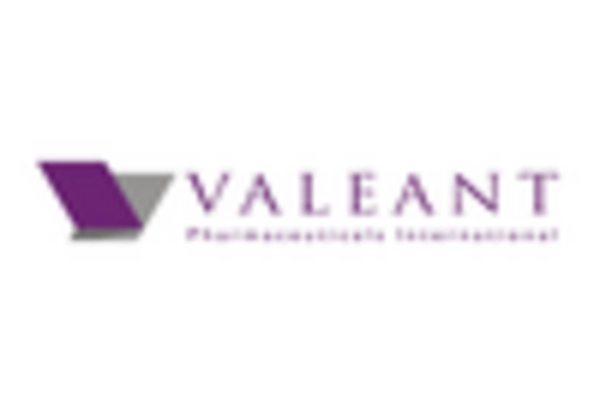Rising Awareness of Skin Health
There appears to be a growing awareness regarding skin health and the importance of proper skincare routines among consumers. This trend is particularly evident in urban areas, where individuals are more informed about the benefits of using keratolytic agents. The Keratolytic Agent Market is likely to benefit from this increased consumer education, as more people seek products that promote skin health and address specific concerns. Market data suggests that the demand for skincare products containing keratolytic agents is on the rise, as consumers prioritize effective solutions for maintaining healthy skin. This heightened awareness may drive innovation and product development within the industry.
Growing Demand for Anti-Aging Products
The increasing demand for anti-aging products is another key driver for the Keratolytic Agent Market. As the global population ages, there is a heightened interest in skincare solutions that promote youthful skin. Keratolytic agents are recognized for their ability to exfoliate dead skin cells and stimulate collagen production, making them a popular choice in anti-aging formulations. Market trends indicate that consumers are willing to invest in products that offer visible results, which positions keratolytic agents favorably within the competitive landscape. This trend is likely to continue, further propelling the growth of the Keratolytic Agent Market.
Advancements in Pharmaceutical Research
Ongoing advancements in pharmaceutical research are significantly influencing the Keratolytic Agent Market. Researchers are exploring new formulations and delivery methods that enhance the efficacy of keratolytic agents. This innovation is crucial, as it may lead to the development of more effective treatments for various skin conditions. The market is witnessing an influx of novel products that utilize advanced technologies, which could potentially improve patient outcomes. As the industry evolves, the introduction of these innovative solutions is expected to attract more consumers and healthcare professionals, thereby driving growth in the Keratolytic Agent Market.
Increasing Prevalence of Skin Disorders
The rising incidence of skin disorders such as psoriasis, eczema, and acne is a primary driver for the Keratolytic Agent Market. According to recent data, skin conditions affect millions of individuals worldwide, leading to a heightened demand for effective treatments. Keratolytic agents, known for their ability to exfoliate and promote skin renewal, are increasingly being incorporated into dermatological therapies. This trend is likely to continue as healthcare providers seek to address the growing patient population suffering from these conditions. The Keratolytic Agent Market is expected to expand as more patients turn to these agents for relief, indicating a robust growth trajectory in the coming years.
Regulatory Support for Dermatological Products
Regulatory bodies are increasingly supporting the development and approval of dermatological products, which is beneficial for the Keratolytic Agent Market. Streamlined approval processes and guidelines for the use of keratolytic agents in various formulations are encouraging manufacturers to innovate and expand their product lines. This regulatory support is crucial for ensuring that safe and effective products reach consumers in a timely manner. As a result, the Keratolytic Agent Market is poised for growth, as companies are more likely to invest in research and development, leading to a wider array of options for consumers.

















Leave a Comment